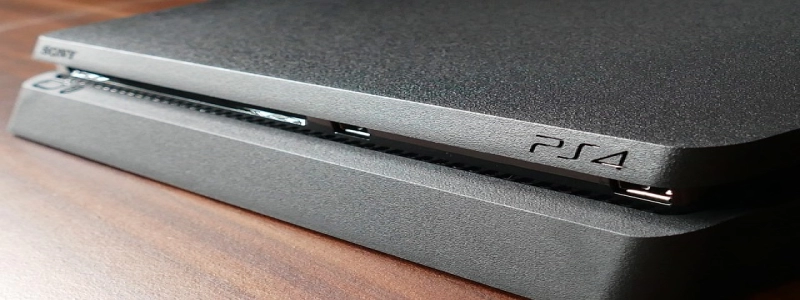Mobile Transceiver
1. Introduction
1.1 Définition
1.2 Importance
2. Components of a Mobile Transceiver
2.1 Transmitter
2.1.1 RF Amplifier
2.1.2 Modulator
2.1.3 Oscillator
2.2 Receiver
2.2.1 RF Amplifier
2.2.2 Demodulator
2.2.3 Filter
3. Working Principle of a Mobile Transceiver
3.1 Transmitter Operation
3.2 Receiver Operation
3.3 Signal Processing
4. Applications of Mobile Transceivers
4.1 Two-Way Radios
4.2 Amateur Radios
4.3 Cellular Phones
5. Advantages and Limitations
5.1 Avantages
5.2 Limites
6. Future Developments
6.1 5G Technology
6.2 Enhanced Signal Processing
6.3 Miniaturization
1. Introduction
1.1 Définition
A mobile transceiver, also known as a two-way radio or walkie-talkie, is a portable communication device that can transmit and receive signals wirelessly. It allows users to communicate with each other over short distances without the need for a physical connection.
1.2 Importance
Mobile transceivers play a crucial role in various industries and activities. They are extensively used by emergency services, military personnel, construction workers, and outdoor enthusiasts. These devices provide reliable and instant communication, enhancing safety and coordination among team members.
2. Components of a Mobile Transceiver
2.1 Transmitter
The transmitter is responsible for converting the voice or data signal into a radio frequency (RF) signal suitable for transmission.
2.1.1 RF Amplifier
Amplifies the RF signal to increase its strength before transmission.
2.1.2 Modulator
Modulates the RF signal by superimposing the voice or data signal onto it.
2.1.3 Oscillator
Generates a stable RF carrier signal for transmission.
2.2 Receiver
The receiver picks up and processes the transmitted signal to extract the original voice or data signal.
2.2.1 RF Amplifier
Amplifies the weak incoming RF signal.
2.2.2 Demodulator
Demodulates the RF signal to remove the voice or data signal from it.
2.2.3 Filter
Filters out unwanted noise and interference from the demodulated signal.
3. Working Principle of a Mobile Transceiver
3.1 Transmitter Operation
The voice or data signal is converted into an electrical signal and fed to the modulator. The modulator then combines this signal with the RF carrier signal generated by the oscillator. The resulting RF signal, now carrying the voice or data information, is amplified by the RF amplifier and transmitted through the antenna.
3.2 Receiver Operation
The antenna receives the transmitted RF signal, which is then amplified by the RF amplifier in the receiver. The demodulator extracts the original voice or data signal from the RF signal. The extracted signal is then filtered to remove any unwanted noise and interference. Enfin, the filtered signal is converted back into audible sound or readable data.
3.3 Signal Processing
Mobile transceivers incorporate various signal processing techniques to improve the quality and reliability of communication. These techniques include error correction coding, encryption, and channel allocation methods to minimize interference and maximize the use of available frequencies.
4. Applications of Mobile Transceivers
4.1 Two-Way Radios
Mobile transceivers are widely used in two-way radio communication systems for quick and efficient communication in various professions, including transportation, sécurité, and event management.
4.2 Amateur Radios
Amateur radio enthusiasts utilize mobile transceivers to communicate globally with other ham radio operators. These devices provide a platform for social interaction, emergency communication, and experimentation with radio technology.
4.3 Cellular Phones
Cellular phones are essentially mobile transceivers that allow voice and data communication over a cellular network. They have revolutionized communication by offering mobility and connectivity across vast distances.
5. Advantages and Limitations
5.1 Avantages
– Portability: Mobile transceivers can be easily carried and used anywhere due to their compact size.
– Instant Communication: Users can communicate with each other in real-time, significantly improving coordination and response time.
– Wireless Communication: No need for physical connections or infrastructure, making it ideal for remote and outdoor areas.
– Cost-Effective: Mobile transceivers are generally more affordable than other communication devices.
5.2 Limites
– Limited Range: Mobile transceivers can only communicate over short distances, typically a few kilometers.
– Ingérence: The signal quality may deteriorate due to interference from other devices or natural phenomena like weather conditions.
– Battery Life: The continuous use of a mobile transceiver can drain its battery quickly, requiring regular charging or battery replacements.
6. Future Developments
6.1 5G Technology
The implementation of 5G technology will revolutionize mobile transceivers, providing faster and more reliable communication with higher data rates.
6.2 Enhanced Signal Processing
Advancements in signal processing algorithms will improve the quality of the transmitted and received signals, thereby enhancing the overall performance of mobile transceivers.
6.3 Miniaturization
Future mobile transceivers will likely become smaller and more lightweight, integrating additional features and functionalities without compromising portability or performance.








